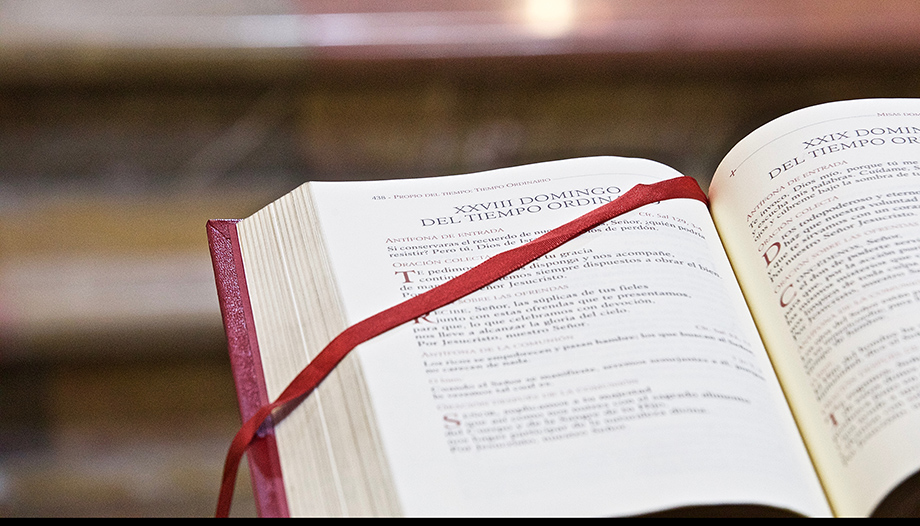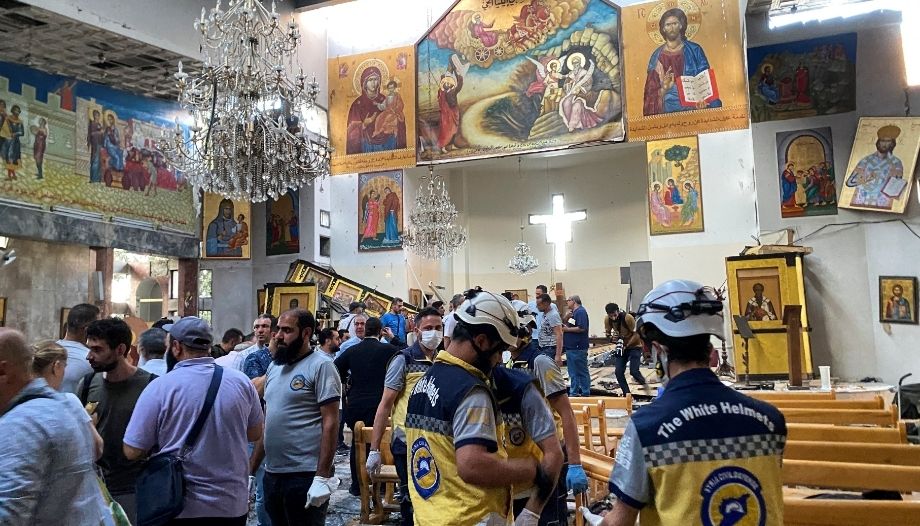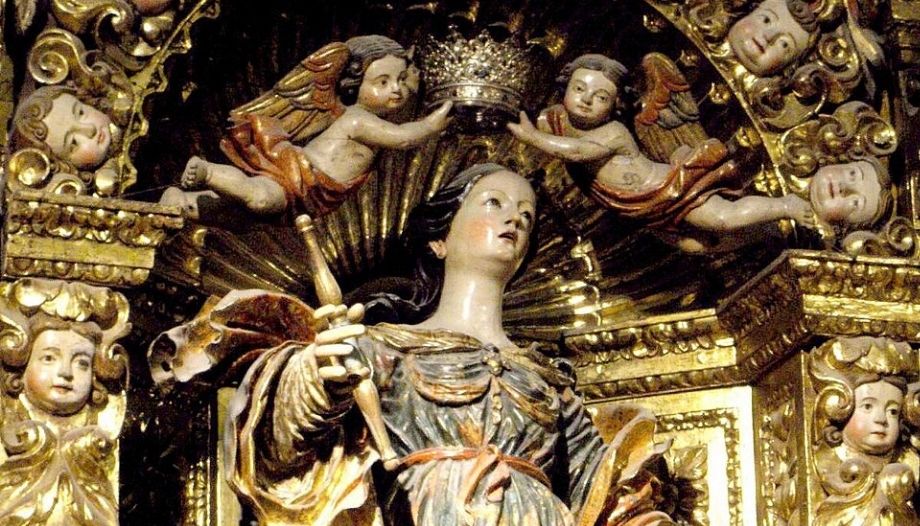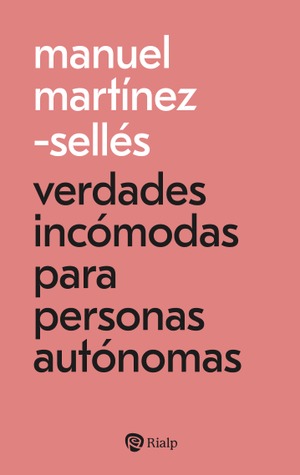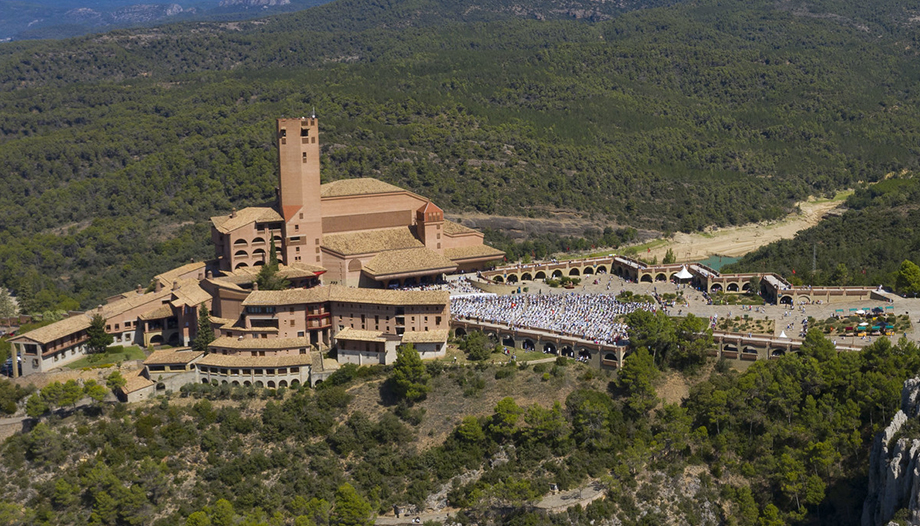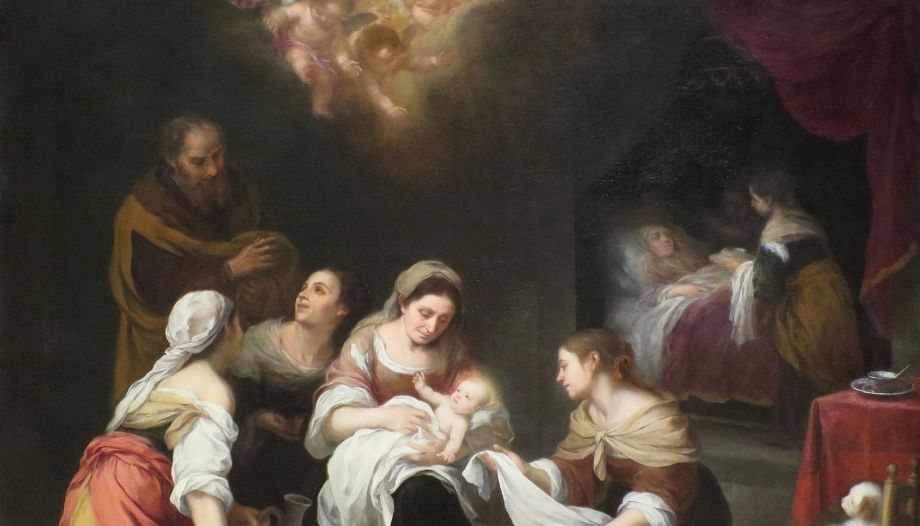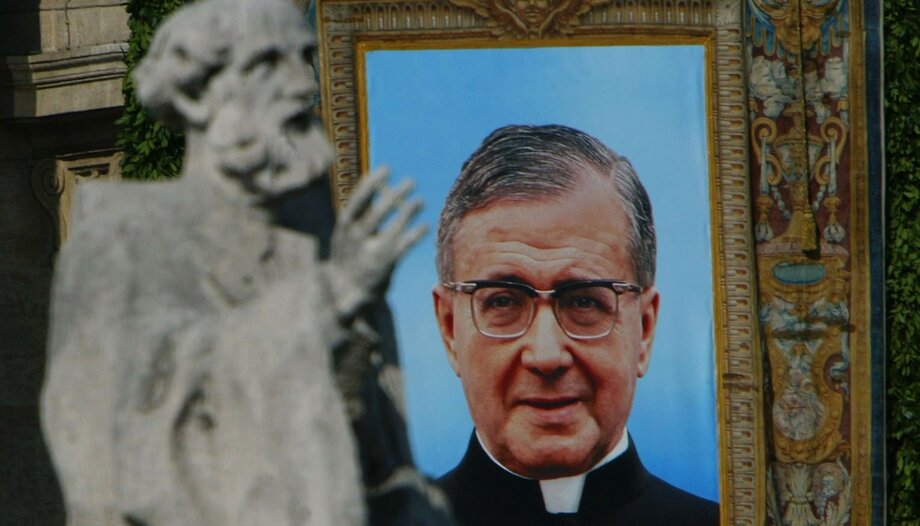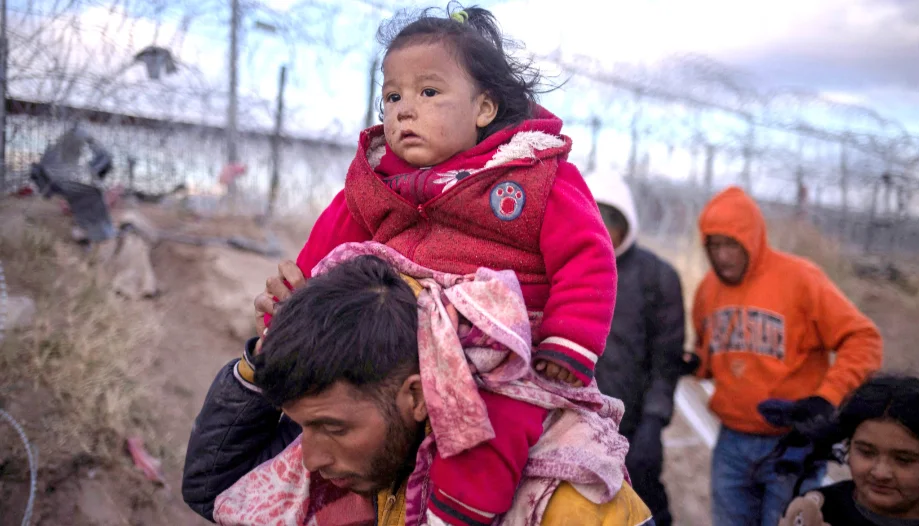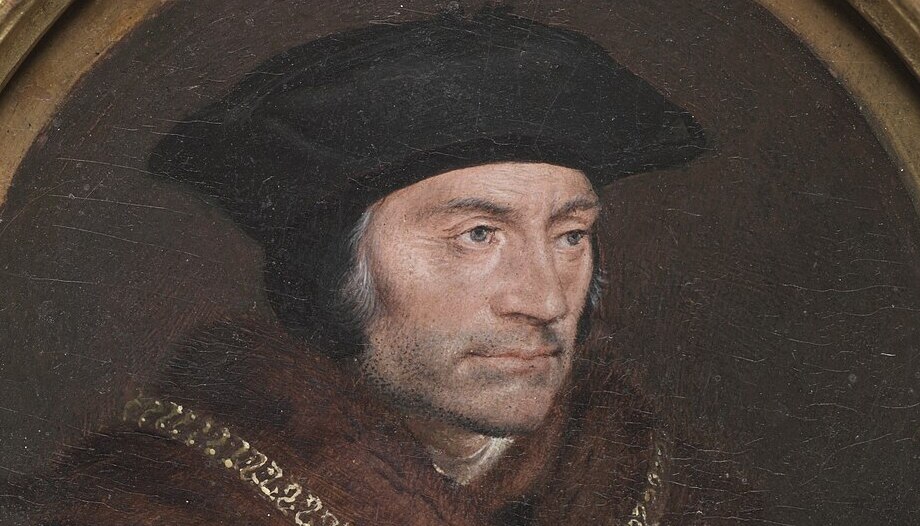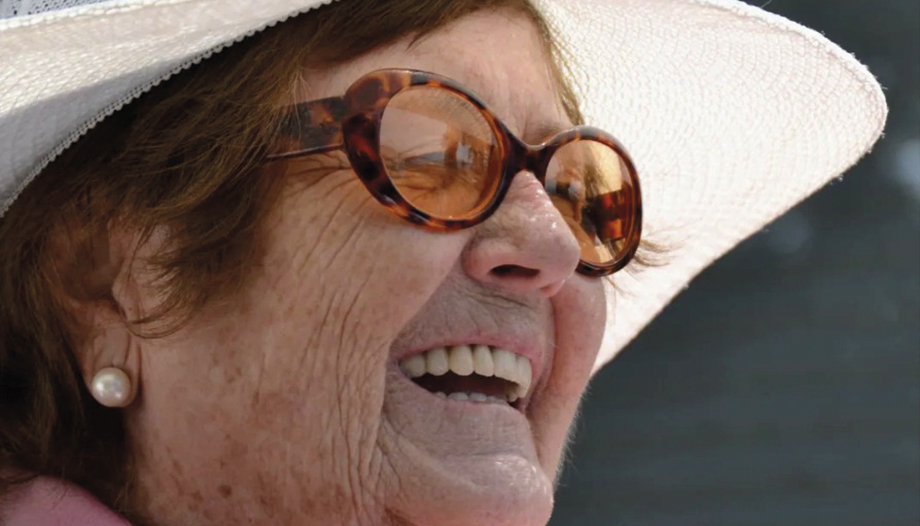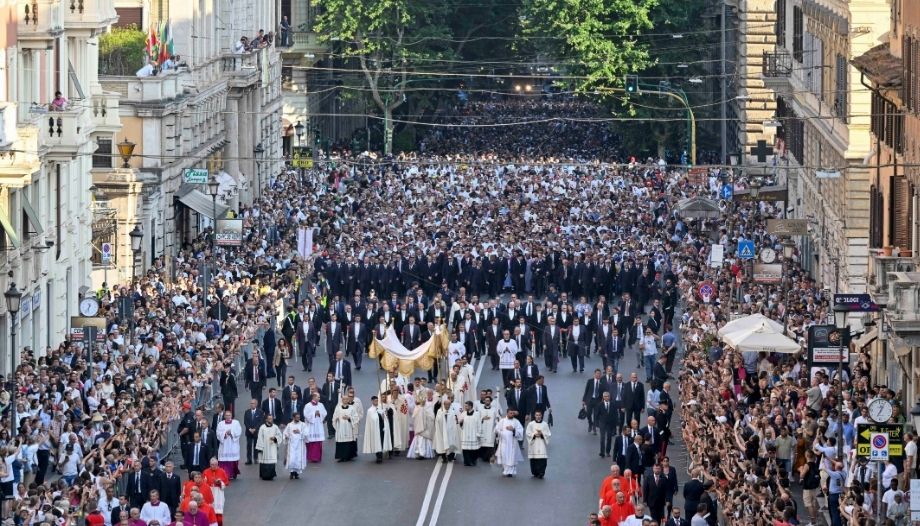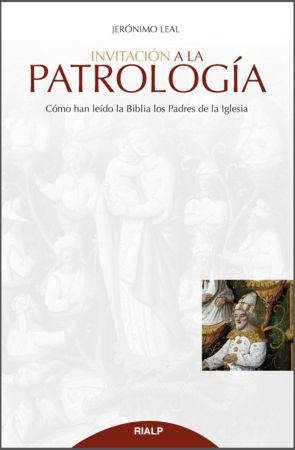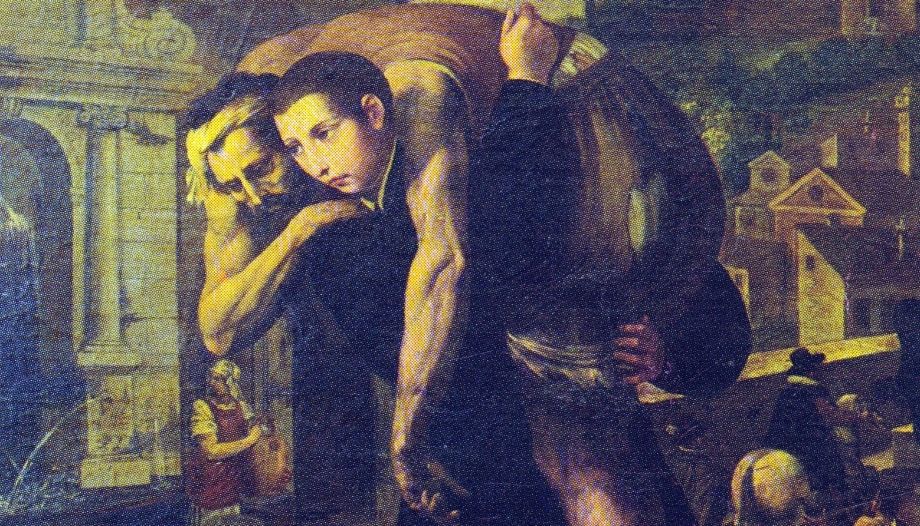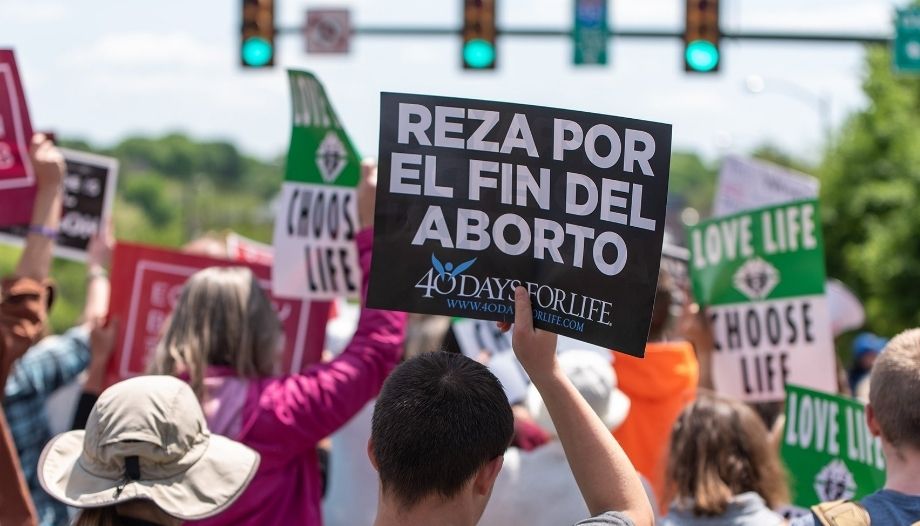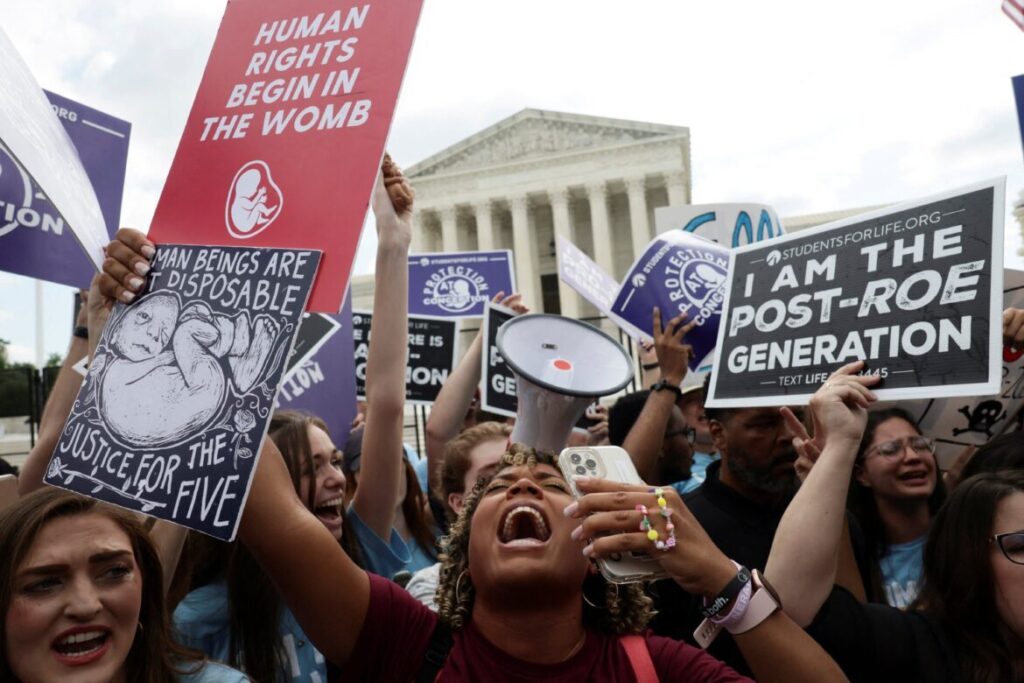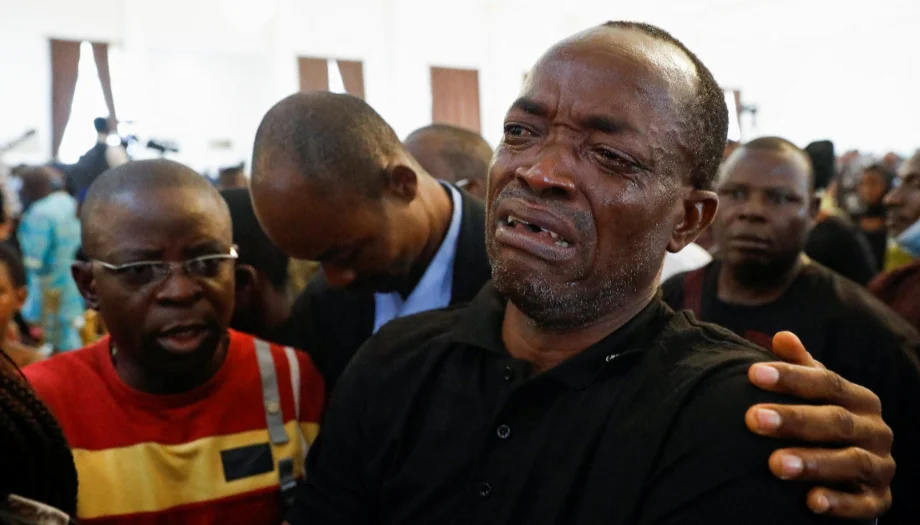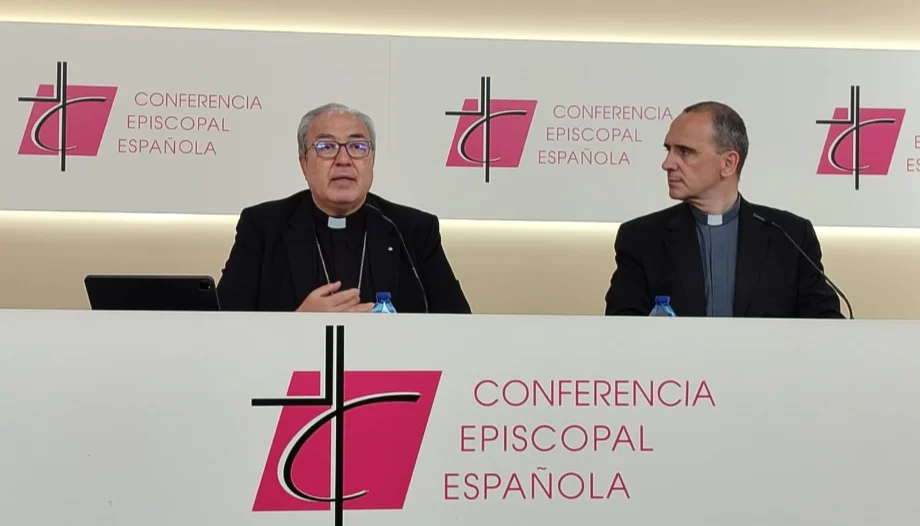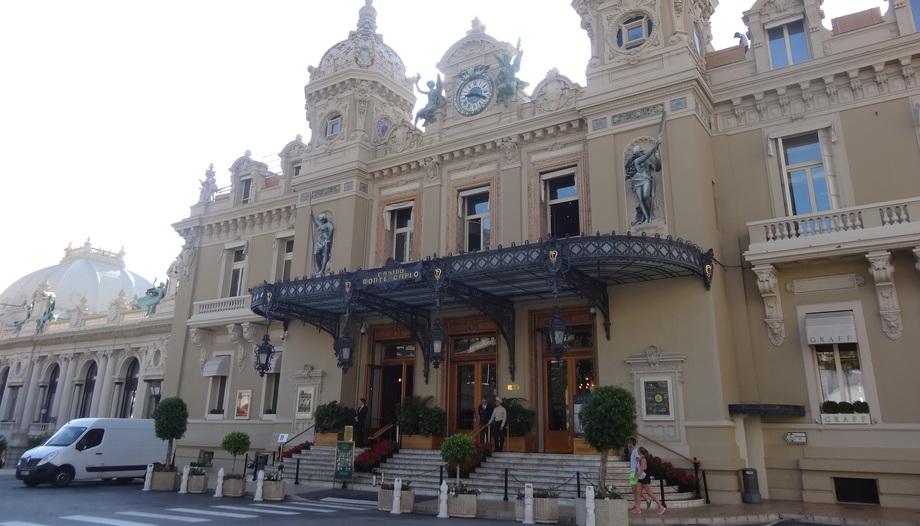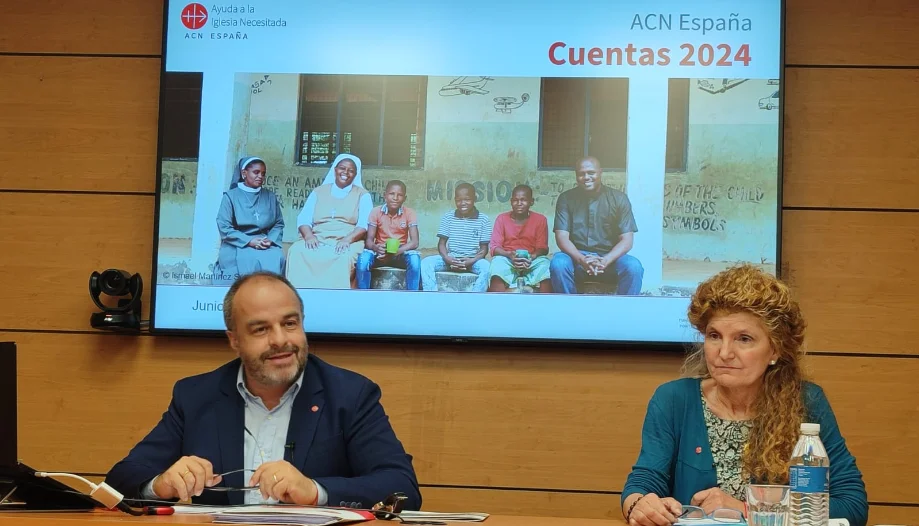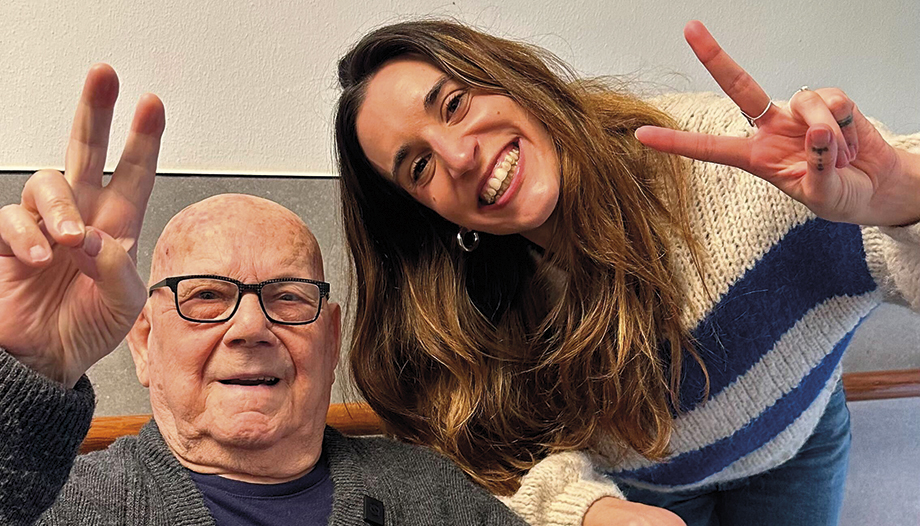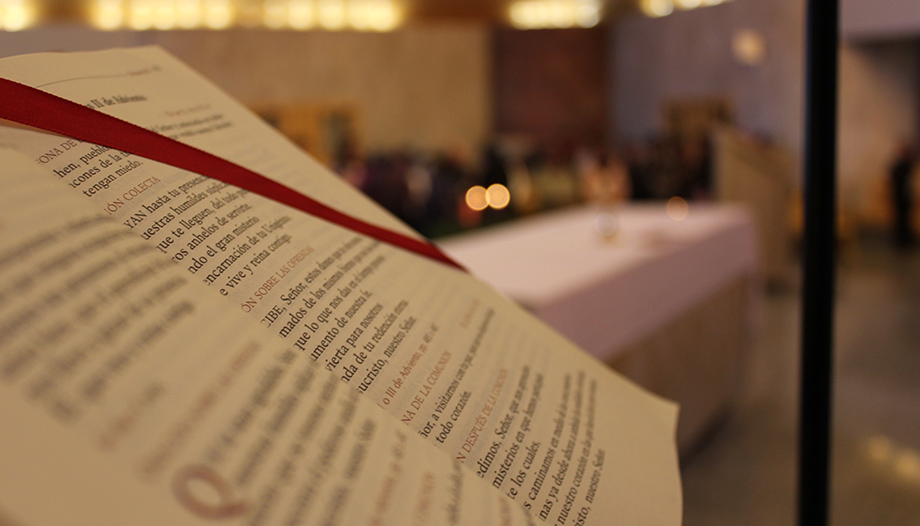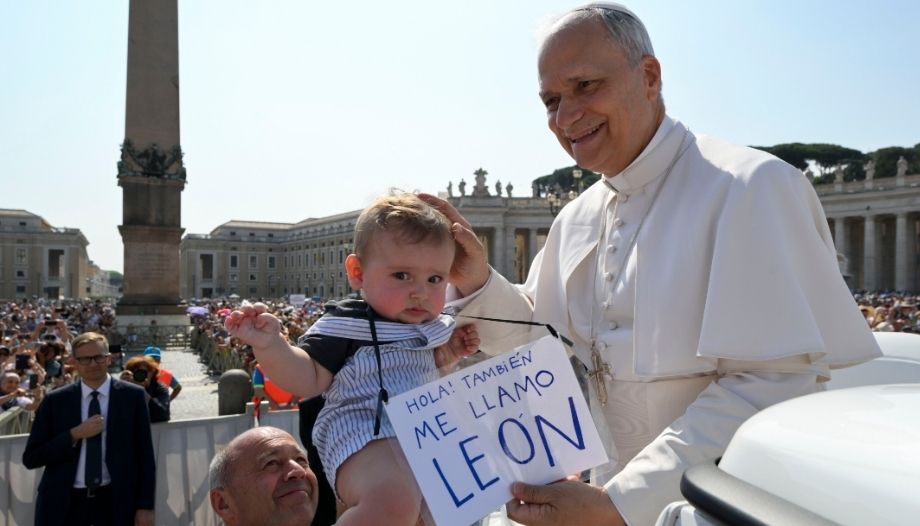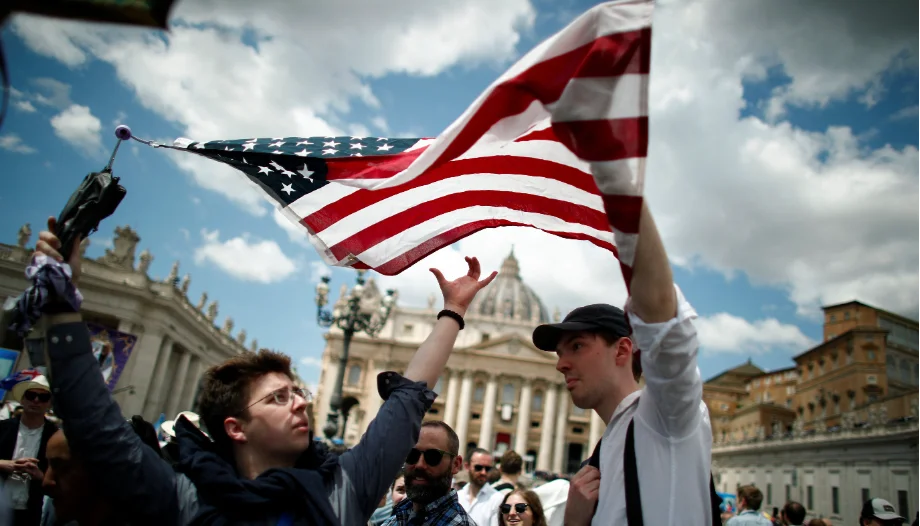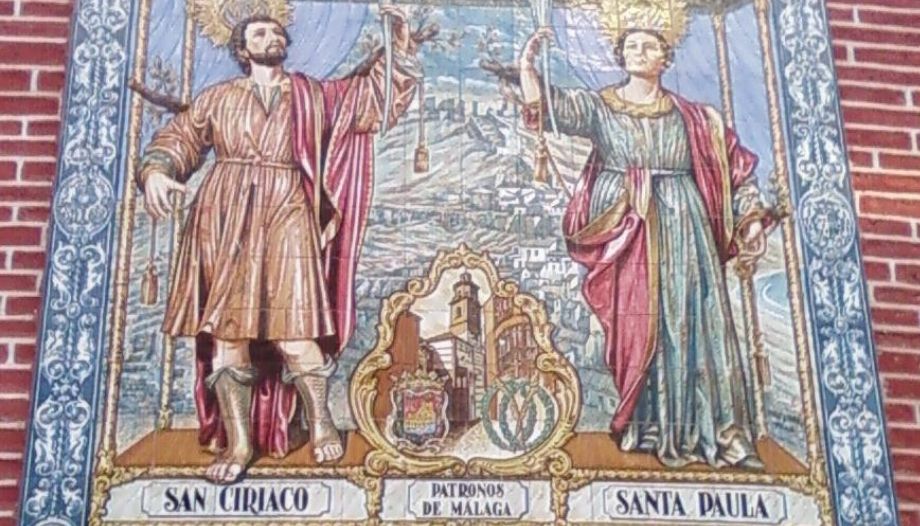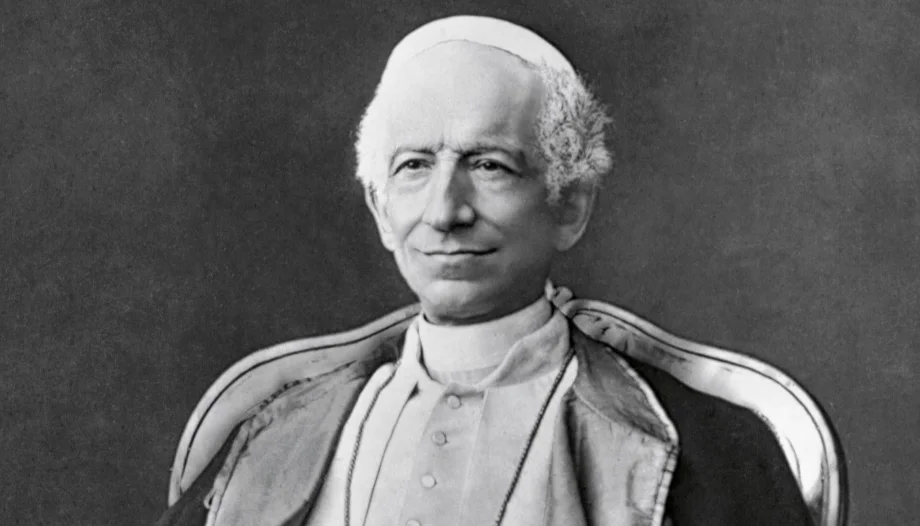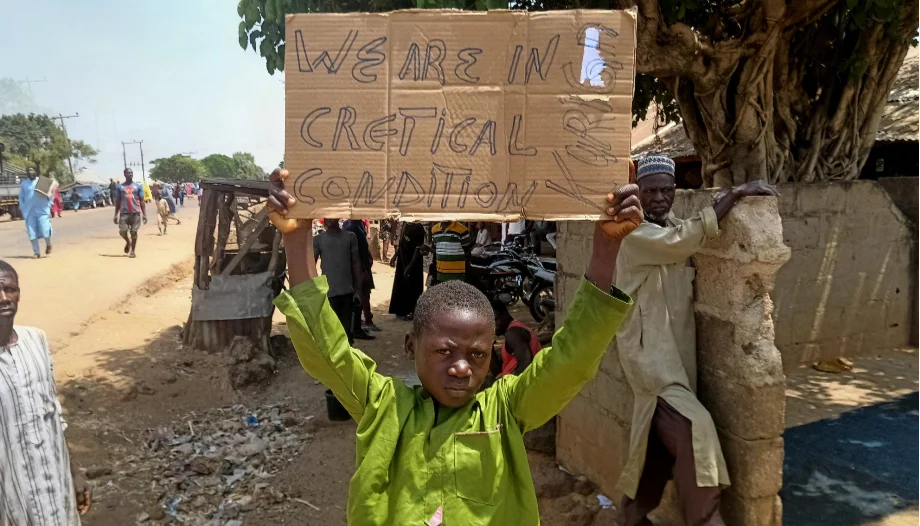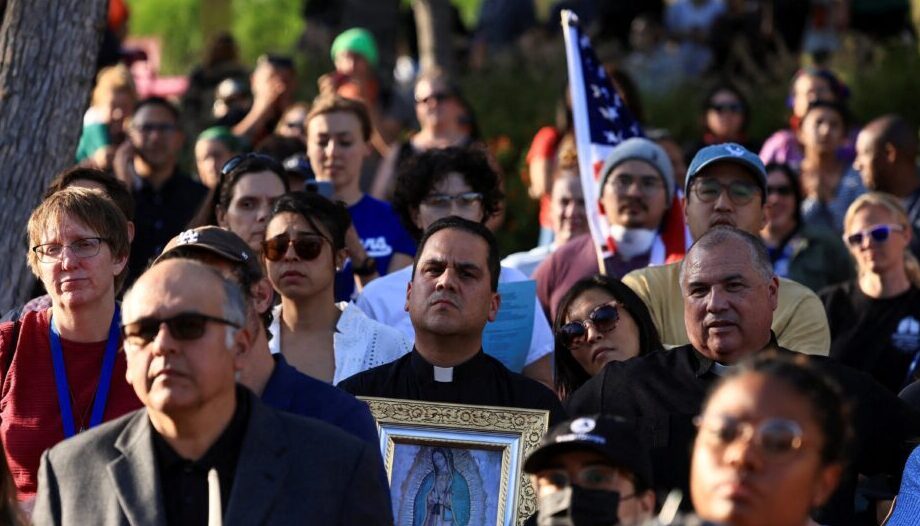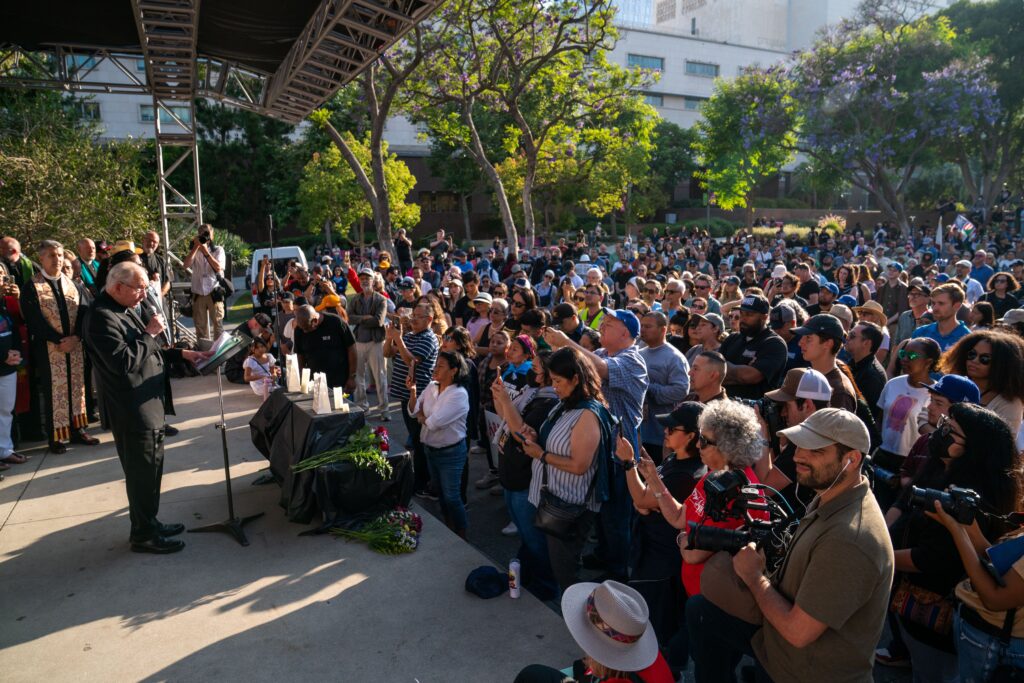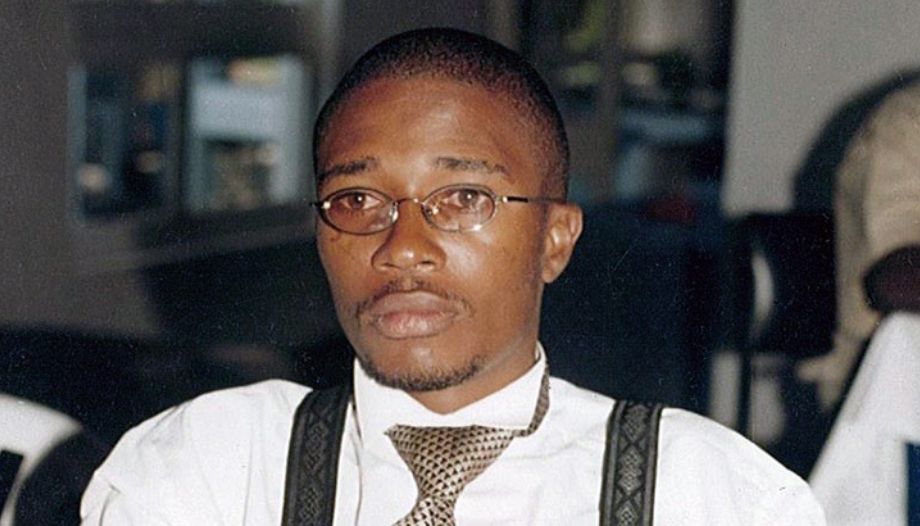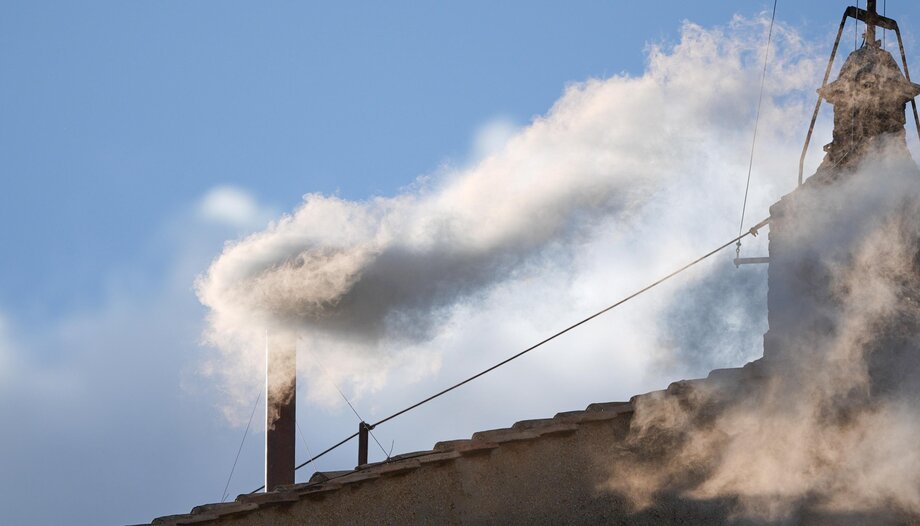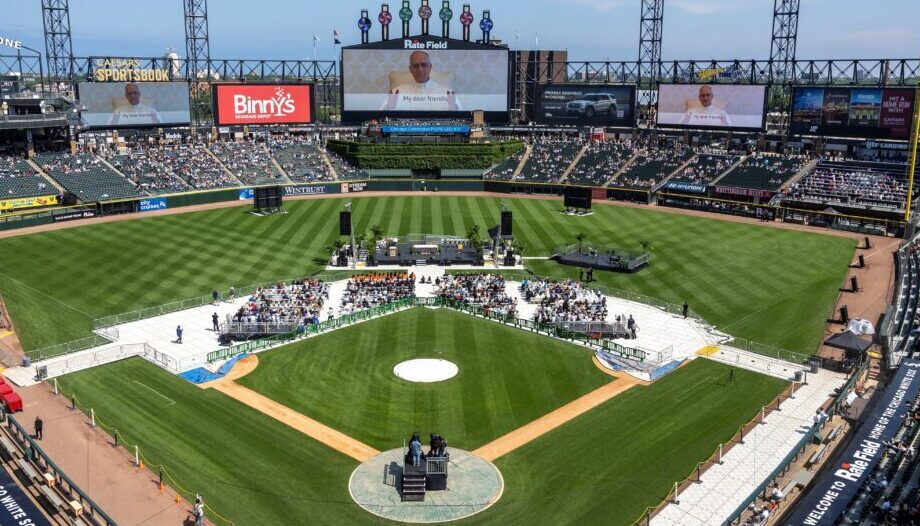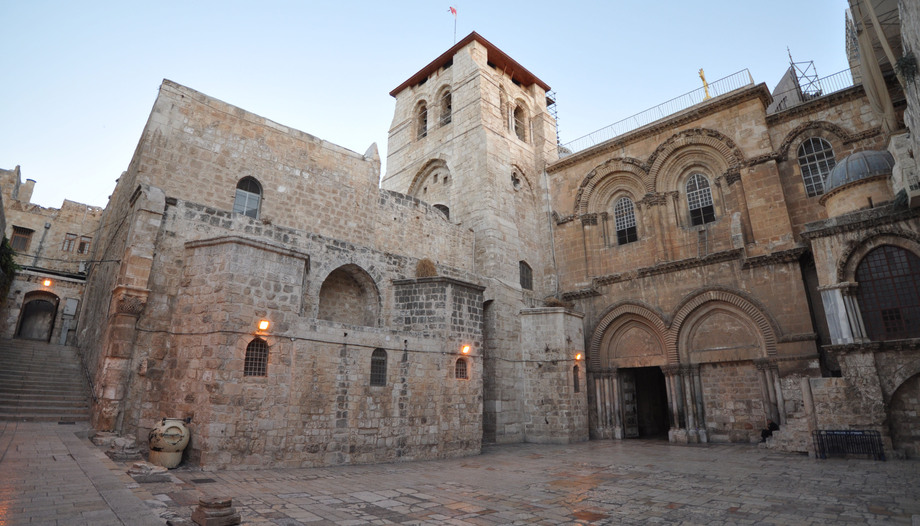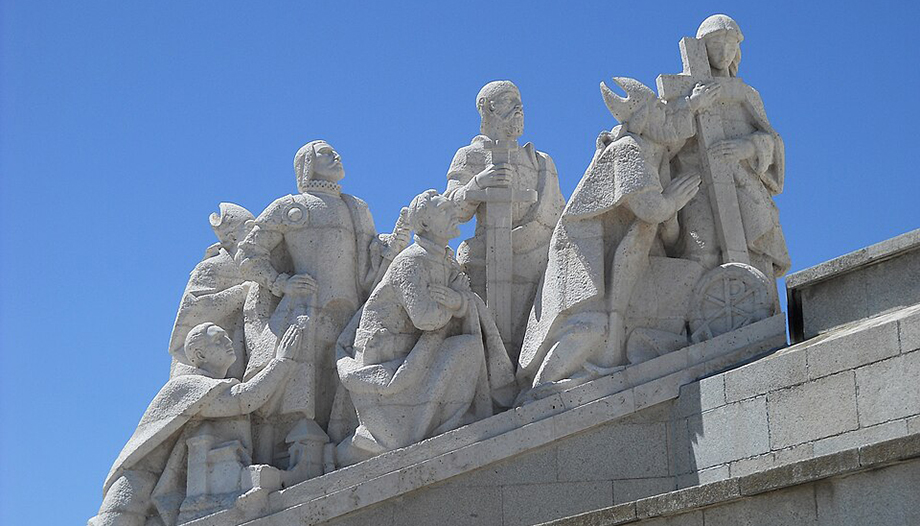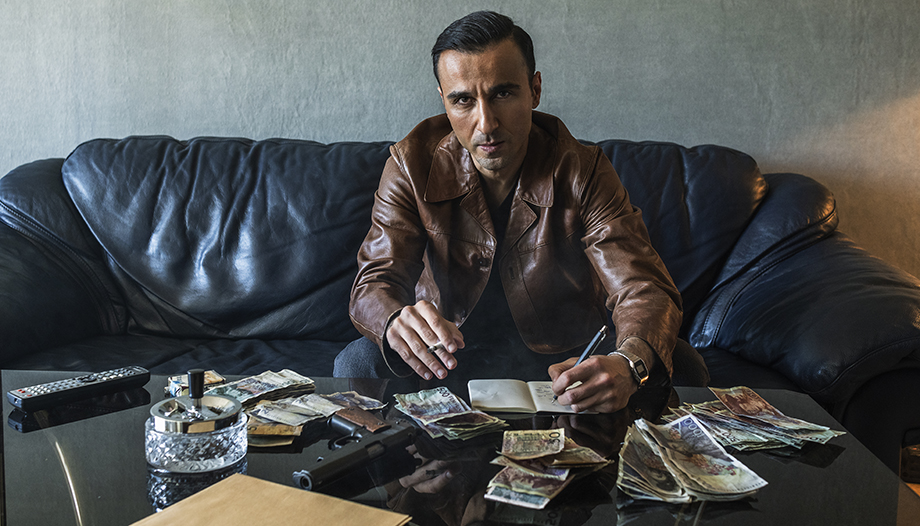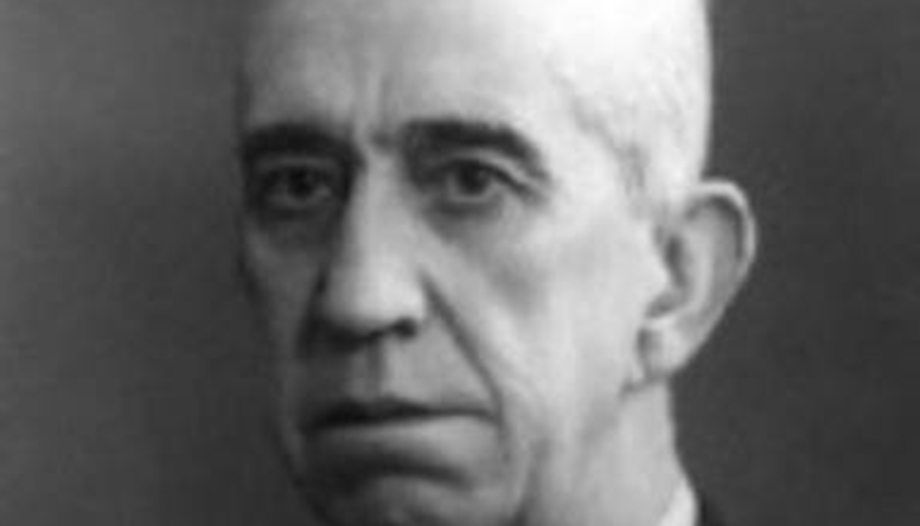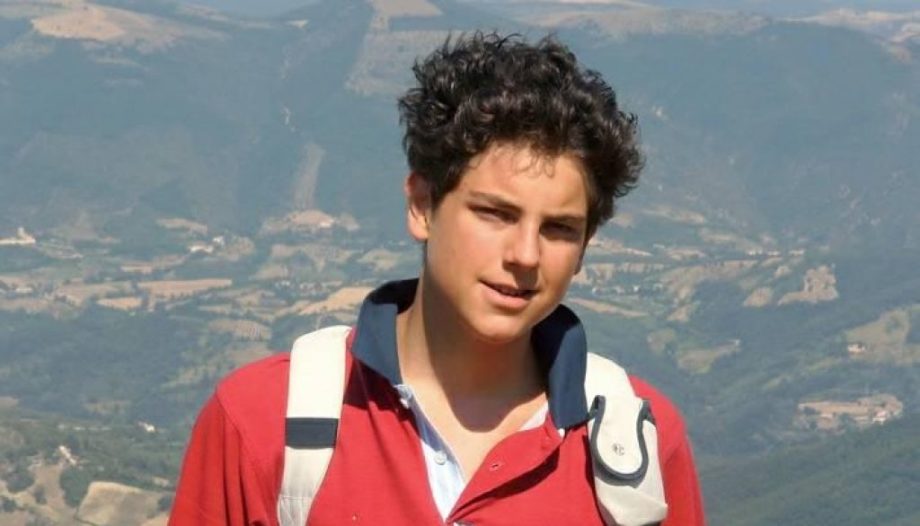The documentary in video 'Lion of PeruIt is well put together, agile and contains anecdotes and unknown testimonies of many Peruvians. It is 45 minutes prepared by the editorial direction of the Dicastery for Vatican Communication, which retraces the steps of Father Robert Francis Prevost's mission in Peru. From Chicago to Chulucanas, from Chiclayo to the Vatican", says one of the background songs by Los Bachiches. For this text, 9 of the almost 50 testimonies have been selected, although more are cited.
The filmmakers, Salvatore Cernuzio, Felipe Herrera-Espaliat and Jaime Vizcaino Haro, who also edited the video, have divided the video into three parts, with the testimonies as the backbone. After the general introduction, we find the first block (4' 19"): 'El Padre Roberto. Chulucanas - Trujillo'. The second (18' 44") is: 'Monsignor Prevost, Chiclayo - Callao'. And the third (37'), simply 'The Pope'.
"The Pope is Peruvian!"
"The Pope is Peruvian!". For Peruvians, the fact that Robert Francis Prevost was born in Chicago is irrelevant. "The Pope is Peruvian", many say, especially in the north of the country, and this is what they say in the documentary. It has been almost twenty years of mission between Chulucanas, Trujillo, as apostolic administrator in Callao, and then as bishop in Chiclayo. Among the abundance of testimonies, it has been necessary to select. Here are some of them.
Ivonne Leiva (Trujillo). For many Peruvians it was not a surprise
Some Vaticanists have commented in interviews that the election of Cardinal Robert Prevost as Pope was a surprise. However, for some Peruvians it was not.
Ivonne Leiva, from the Nuestra Señora de Montserrat parish in Trujillo, where Father Roberto was parish administrator from 1992 to 1999, tells us:
"We had been praying and praying that God would grant us the best pope. But because we knew he could be, we all prayed for that, right? We prayed that he would be, because we know how he is, how he works. Suddenly, God does not pay attention to us. But we are praying, we are praying...", and he left.
An Augustinian friar, seeing the white smoke, thought: "What if it's the Cardinal? What if it's our brother Roberto?
Others like Marist missionary Sister Margaret Walsh commented from Lima that people from Callao said that she could leave, but "we did not expect it".
2.- Mildred's godfather, as her deceased mother.
Hector Camacho, seen moments before dispatching chickens in the Chulucanas market (4' 40"), is a friend of Fr. Robert Prevost, and tells the story of his sponsorship, one of many in the video. "He came here when he was very young, in the years 85, 86, 87..., where a group of altar boys were led by him. He gave us an education of faith, full of love for our neighbor, full of love for God. We learned a lot from him".
"One day I went to his house, and he was a little sad. He told me that his mother had passed away, and that he was going to the United States for a few days. Then I told him that my wife was pregnant, and that if he would allow me to name the baby after his mother, to which he agreed. I asked him to write the name, Mildred. And then I asked him to be my daughter's godfather, to which he also gladly agreed". Hector's daughter, the Pope's goddaughter, young Mildred Camacho, is still impressed with the fact that "my godfather is known worldwide".
Héctor Camacho says he is sure that "he will do a great job in favor of all the people of the world. I am sure that wherever there is war, he is going to do a great job for all the people of the world. peaceWhere there is discord, he will put love, because he has those qualities".
3. Lola Chávez, catechist in Chulucanas
"I was a catechist, and we had Sunday Masses. Many children came on Sundays. That's where I met him. He was very inclined to teach them catechesis, and then he was with the formation of altar boys", says Lola Chavez, catechist in Chulucanas (7' 49"). Marina Ruidías, also a former catechist, emphasizes that "God had been preparing him, because he began his priesthood here". "A great Lion has been forged in the north of Peru", says one of the songs (10').
Jannina Sesa (Chiclayo). With the coastal 'Niño', she brought the church to its feet.
Many people appear in the documentary. People like Jorge 'Coco' Montoro, to whom Father Roberto gave his old camera when he left for the United States, or Berta Ramos, from the soup kitchen in Trujillo.
Jannina Sesa, former director of Caritas Chiclayo, tells (18' 54"), that in 2017, the phenomenon of 'coastal El NiñoThe overflowing of the La Leche river, which flows through the province of Chiclayo in the Lambayeque region, caused numerous floods.
"It was the beginning of the work of our bishop emeritus Robert Prevot, now Pope, being the first time that he put the Church on its feet, with the sensitization of the people to donate food, calaminas, etc.". In fact, there is an excerpt (19:30") of the bishop in Illimo, one of the hardest hit villages.
5. Miguel Ángel Aliaga: "he got into the mud".
Miguel Angel Aliaga, a youth pastoral animator in Chiclayo, corroborates Jannina Sesa's testimony, adding that with 'El Niño' (The Child) the city of Chiclayo. "He would come down, talk, ask people how they were doing, what they needed, he was not, as we say here, a bishop of the house". Rocío Zeña adds that that year he provided 35 prefabricated modules for those who had been left without housing.
Jannina describes him as "that Pastor who went out into the streets and had compassion for the people". Aliaga will say, "He would put on his boots, get into the mud, go in, share, serve, help. He was with the people, he was involved. That was the work of our bishop. That's why he is so loved here.
5. Parish Priest Christophe Ntaganz (Callao): brought 4,000 live chickens per week.
Christophe Ntaganz, parish priest of Pachucútez (Callao), assures ('22) that this is "the poorest area of Callao". At the time of the pandemic, in 2020, "Monsignor Prevost was apostolic administrator of Callao. There was a lot of poverty. And weekly, he would bring trailers of live chickens, 4,000, which he would stop here, so that we could distribute them to the people all day long. Another week, 4,000 chickens. Another week, pigs, 150 kilos in trucks, medicines, mineral water, that's how we worked".
6. Tina Orozco, "to be always connected".
"In this neighborhood live very humble people, of low income, who struggle to get ahead," says Ricardina More, from the Pachacútez neighborhood of Callao. Wilder Guadalupe adds that it was a great help. Nelson Palacios adds that we had this great concern, but "God is great, and we never lacked anything. Tina Orozco, secretary of the Callao bishopric, points out that during the pandemic "he had a hard job" here. He wanted "to get closer to the clergy, to the priests of the diocese. His greatest desire was to be always connected".
7. Support for Sylvia Vázquez, victim of human trafficking
Sylvia Teolinda Vázquez was a victim of human trafficking, raped between the ages of 10 and 11, and her story is highlighted in the documentary (32'). As time went by, she met the Adorers Sisters. "They had a house in Chiclayo, where they invited the girls, sex workers, to study cosmetology, sewing, computers, baking and handicrafts".
"Prevost I met Father Prevost because he was with the Adorer Sisters, he used to meet with the human trafficking group. Our job was to go out and look for the girls, where they were working, and we would invite them to come to the workshops. They would come, and the little father would give them their mass, a retreat mass, they called him. Then some of them would talk to him, and the Pope would also listen to them. He wanted them to open a business, because many of them were mothers and had children.
"Pope Leo, who was very kind and generous, told me: Sylvita, you are a good person, you are valuable. You are in the group, we are going to do well. But I didn't know he was going to be Pope".
8. Daria Chavarry, Rosa Ruiz, cooks of a soup kitchen (Chiclayo)
Let's conclude. Daría Chavarry, cook at the parish soup kitchen in Chiclayo, affirms (34' 30") that "when he came, he stepped in the mud, and he didn't mind getting his shoes dirty. He was here, gave the blessing, and ate with everyone".
Rosa Ruiz, also a cook in Chiclayo, recalls that "many immigrants came to Peru, and we had to welcome them and help them. And the Pope, then bishop, Monsignor, was very concerned about that".
9. Pastor Ángel Peña: he congratulated me on my birthday on May 10.
Father Angel Peña, pastor of St. Martin de Tours, recalls his words. "He used to tell us: be flexible, try to be humanitarian, try to help people, try to understand". For my birthday, when he was a cardinal, already in Rome, he used to write to me. My birthday is May 10. The second day as PopeI thought, "Oh, with so much work, how can he write to me? I thought, oh, with so much work, how is he going to write to me".
"And at 5 p.m., I get a message on my cell phone from Cardinal Prevost, now Pope, saying: 'Happy birthday, Angel. May God bless you. Be faithful to the Church and continue with your mission". "Just like that, simple. For me it was like a dream. Every now and then I looked at the message to see if it was true. I am very happy.
At the end of the documentary, they have the labels. It includes, among others, the special thanks to the artists. Donnie Yaipen, 'La cumbia del Papa'. Los Bachiches, 'From Chiclayo to the Vatican'. Charlie André, 'La marinera del Papa'. And Nicole Cruz, 'Apuyaya Jesuscristo'.




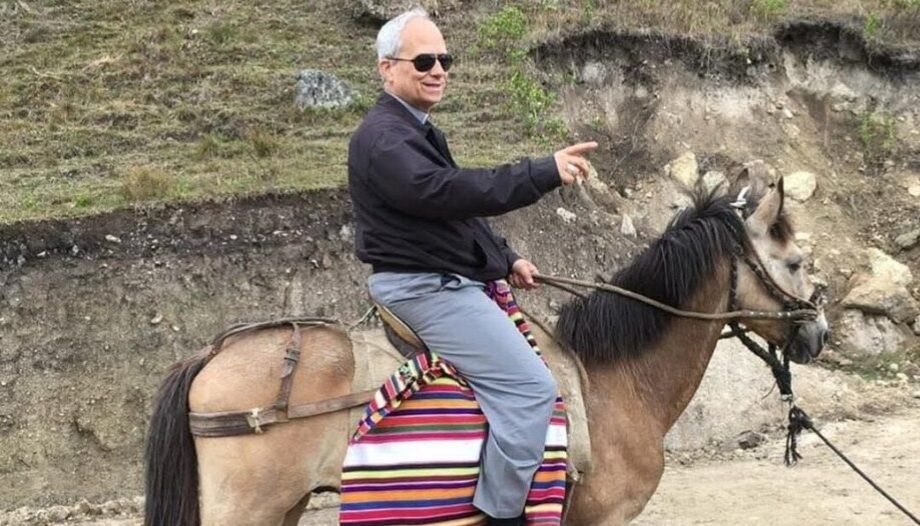



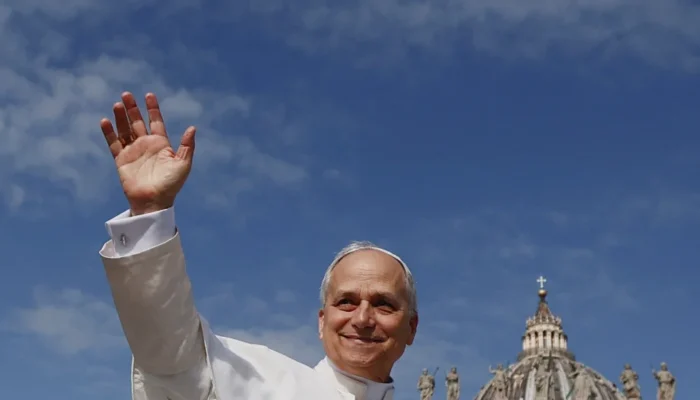
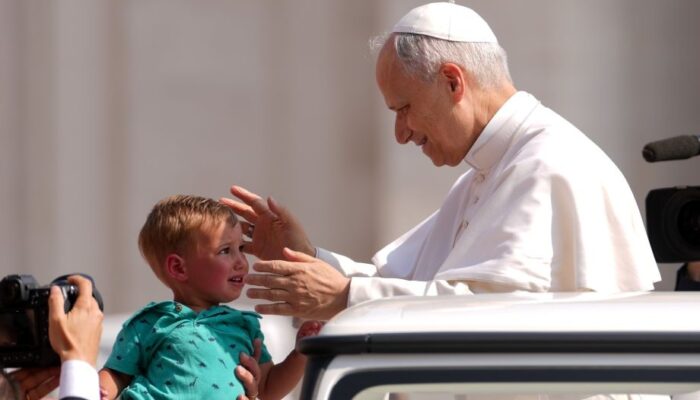
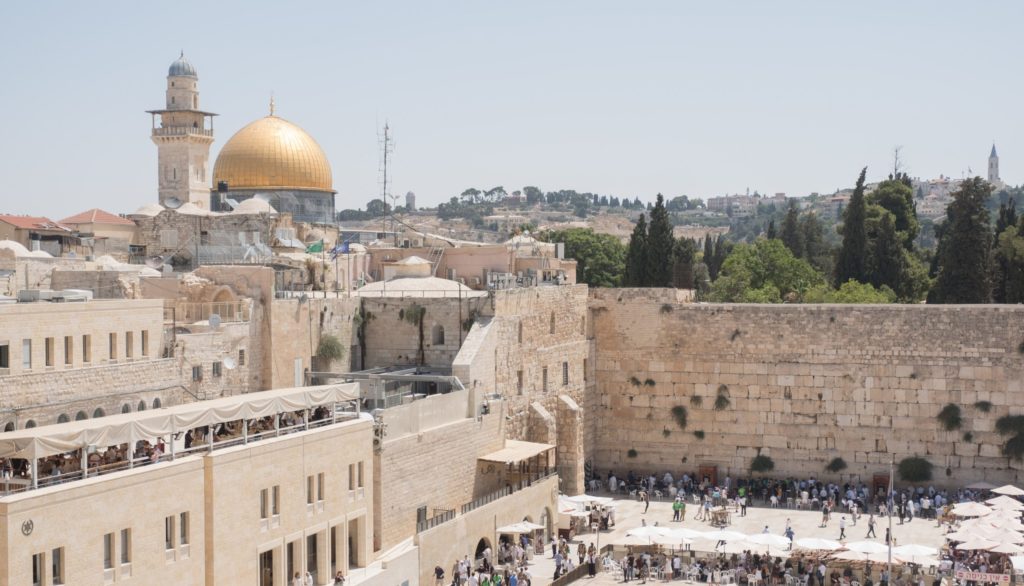
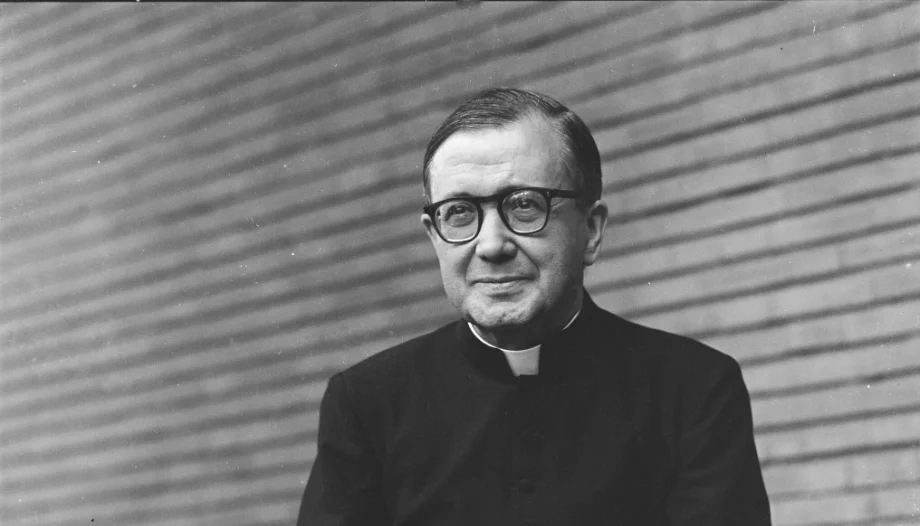
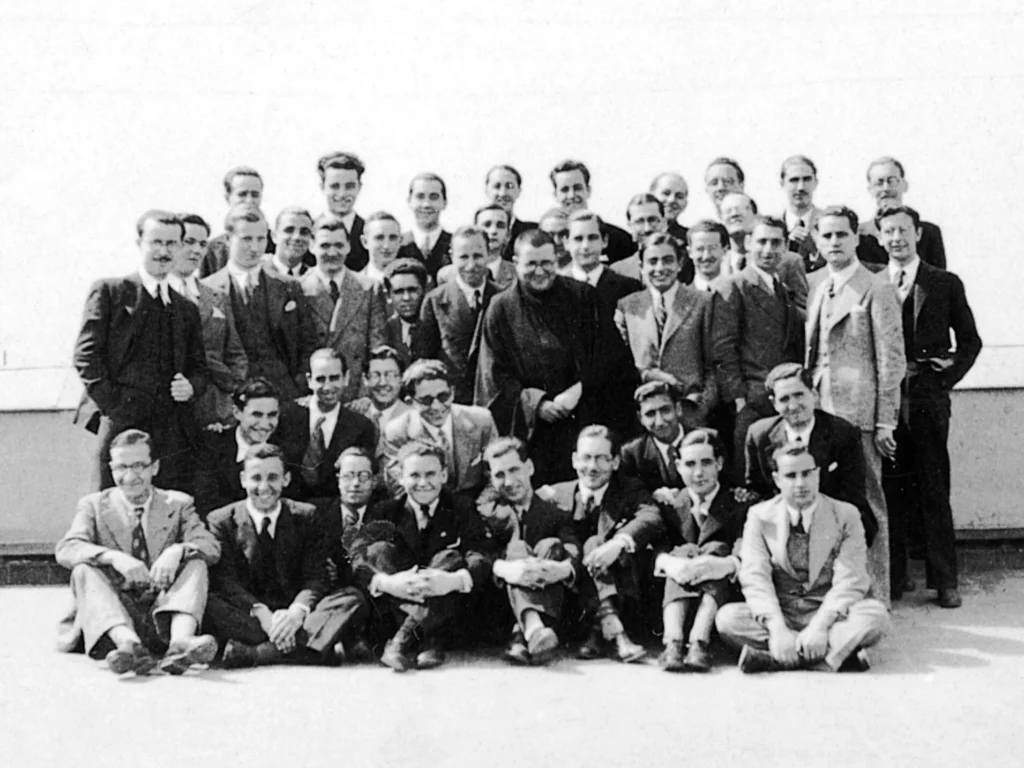
 St. Josemaría and the liturgy
St. Josemaría and the liturgy